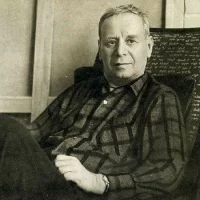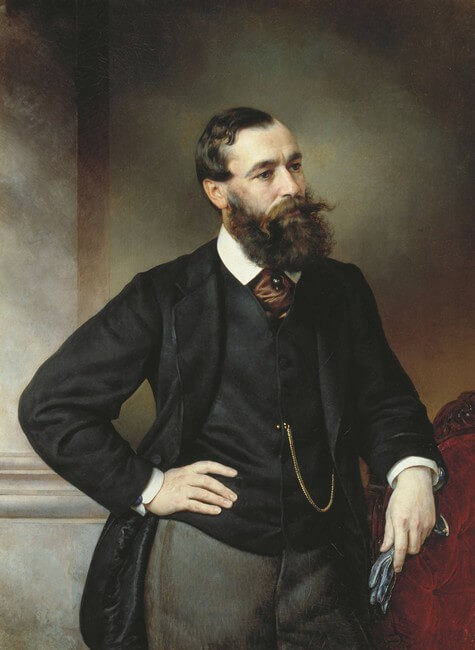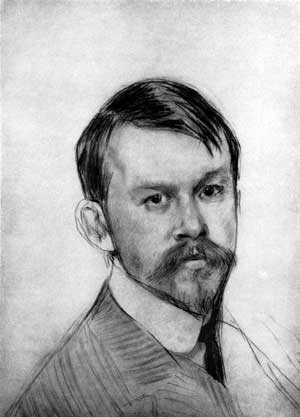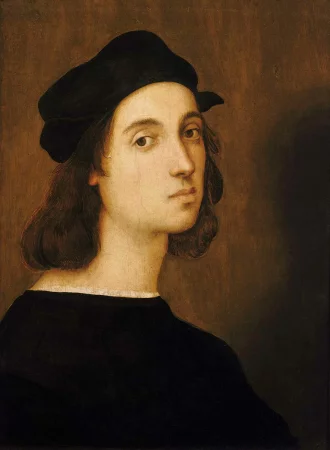Rhubarb, Nikolai Astrup - Description of the Painting
Rhubarb - Nikolai Astrup. Canvas, oil. 93 x 112 cm
On the present canvas, Nikolai Astrup continues his tradition of depicting pastoral motifs. The master painted a whole series of works, all of them showing the landscapes of the Norwegian village and the life of rural people. Note that all his landscapes have real life prototypes.
Astrup lived his best years in the commune of Jölster, where he spent his childhood, later he met his future wife, and watched his own children growing up. Nowadays, in the Sandalstrand estate where the master lived, there is a home museum dedicated to his life and creation. Nikolai used to draw inspiration for his new creations by observing nature from the courtyard of his house.
The picture titled the "Rhubarb" was painted in 1911, during a successful period in Astrup’s life, the time when he had an exhibition in Christiania with great success and enjoyed harmony in his family life. The mother and child depicted on the canvas are engaged in picking rhubarb. A woman is deals with the harvesting seriously, while the baby is just trying to repeat it after her. The simplicity of the rural life is fully offset by the abundance of gifts of nature. Almost the entire composition of this painting is occupied by dense greenery, with the fruit trees seen in the garden.
It shall be noted how the woman is dressed. Although her dress is quite modest, it does not resemble the attire of a simple peasant woman. The master might have depicted his own spouse and child on this painting, as we know that his family loved to engage in agriculture.
The painter applied bright oil paints, using the contrasting transition of tones, and this variegation is inherent in expressionism. Note that the contrast does not look aggressive at all, because it gets softened by neat brushstrokes and soft shapes of objects. Nikolai Astrup did not like to use the sharp corners in his works, preferring to use flowing lines, resembling fantasy patterns. One can also observe the features of naïve art in this work.
Comments (0)
Top
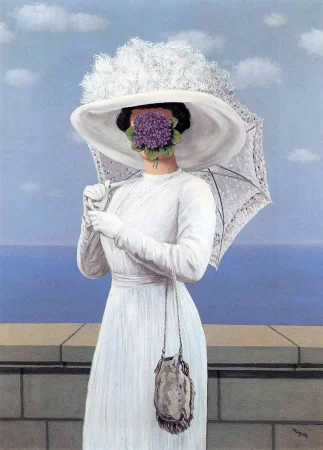 Painting The Great War, Rene Magritte - Meaning and Analysis
Painting The Great War, Rene Magritte - Meaning and Analysis
The Great War - Rene Magritte. Canvas, oil. 81 x 60 cm...
10.10.23
1 086
0
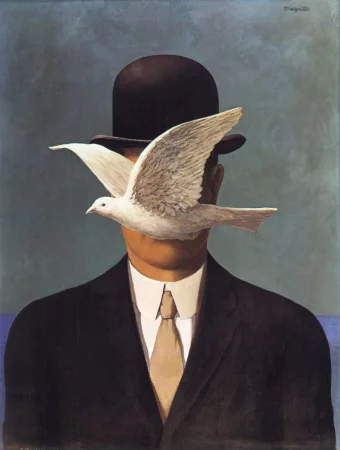 The man in the bowler hat, Rene Magritte
The man in the bowler hat, Rene Magritte
The man in the bowler hat - Rene Magritte. Canvas, oil. 70 x 50 cm...
06.09.23
2 724
0


